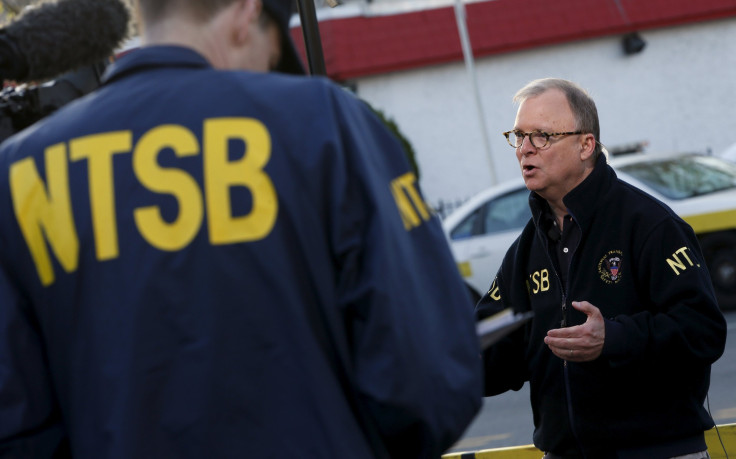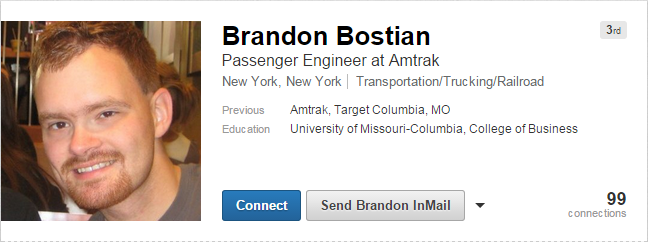Brandon Bostian: Four Things We Know About Amtrak Train Engineer Involved In Fatal Philadelphia Crash

In the week since Amtrak train 188 crashed in Philadelphia, killing eight people and injuring hundreds of others, federal investigators have searched around the clock for clues about the fatal derailment. Much of their effort has focused on revealing what the train’s engineer, Brandon Bostian, did and said in the minutes leading up to the crash.
Here’s what we know so far about Bostian:
1. He was relatively new to the Northeast Corridor.
Bostian had only been working on Amtrak’s Northeast Corridor for fewer than three weeks. “It was two weeks, give or take a few days,” a spokesman for the National Transportation Safety Board told CBS News on Tuesday.
Bostian, a 32-year-old Memphis native, started working for Amtrak in 2006 as a passenger conductor in California. In 2010, he became an Amtrak passenger engineer, according to his LinkedIn profile. A conductor is typically responsible for the safety of the train’s passengers and crew members, while an engineer is in charge of operating the locomotive engines.

Federal investigators say they have not ruled out mechanical failure in the May 12 derailment. But officials are looking at how Bostian’s relative lack of experience on the 453-mile Northeast Corridor may have contributed to the incident, if at all, CBS reported.
2. He applied full emergency brakes before the train derailed.
Bostian tried to stop the commuter train “just moments” before it slid off the tracks about 10 minutes after departing Philadelphia for New York, transportation officials told CNN. The train was traveling at twice the 50 mph speed limit as it approached a sharp curve.
Investigators are looking to see if excessive speed caused the crash. The train was not equipped with Positive Train Control safety, which can override human error by using GPS and computer technology to detect speed limits or upcoming obstacles. Federal officials said such a system could have kept the Amtrak train from accelerating into the curve.
3. He never mentioned an object hitting train 188.
Some crew members on the train reported an object may have hit the train’s windshield before the derailment. But Bostian never told dispatchers that anything struck the train, investigators learned after interviewing dispatchers and listening to tapes of their communications with Bostian. “We heard no communications at all from the Amtrak engineer to the dispatch center to say that something had struck his train,” Robert Sumwalt, the accident’s lead investigator, said Monday on ABC.
Sumwalt said investigators don’t know what caused a crack in the windshield, but determined that it wasn’t a bullet.
4. He can’t remember what happened before the crash.
Bostian told police investigators he could not remember the train’s speed at the time of the derailment. His attorney, Robert Goggin, said Bostian suffered a concussion and remembers little about the minutes leading up to the crash, except that he tried to apply the emergency brakes. “Thereafter, he was knocked out -- thrown around just like all the other passengers in the train,” Goggin told ABC’s "Good Morning America." “He has 15 staples in his head, stitches in one leg. The other knee is immobilized.”
Goggin said Bostian’s memory is “likely to return as the concussion symptoms subside.” For the time being, however, the train engineer “has absolutely no recollection whatsoever of the events,” his attorney said.
National Transportation Safety Board officials estimate it could take a full year before they determine the probable cause of the Philadelphia derailment.
© Copyright IBTimes 2025. All rights reserved.





















